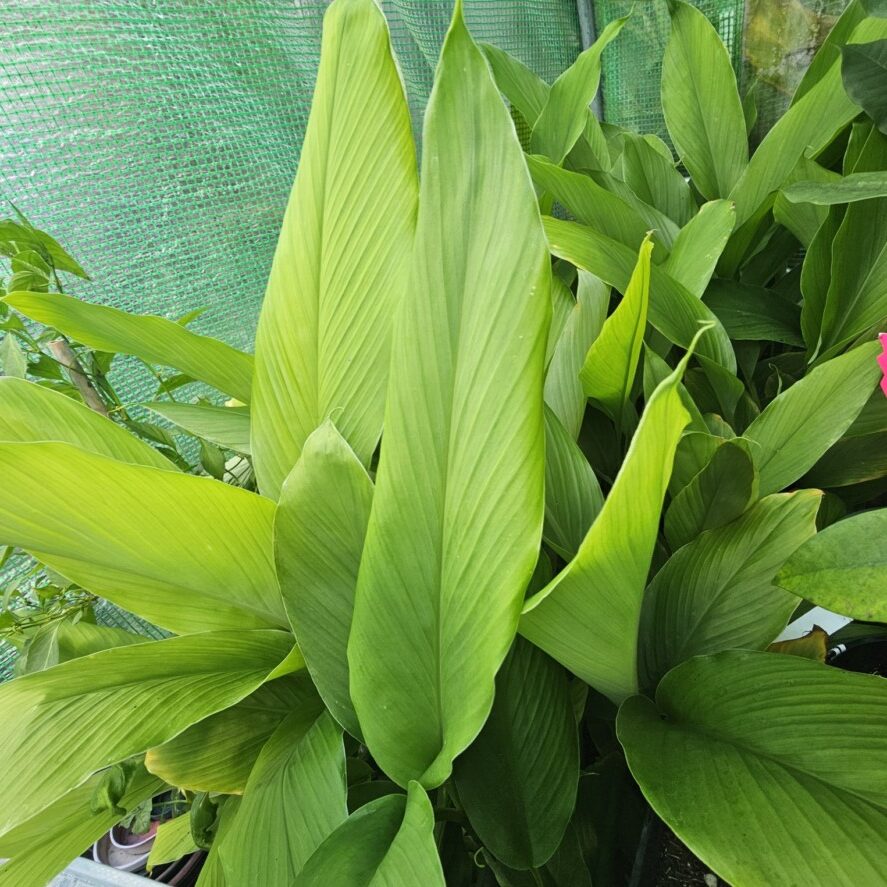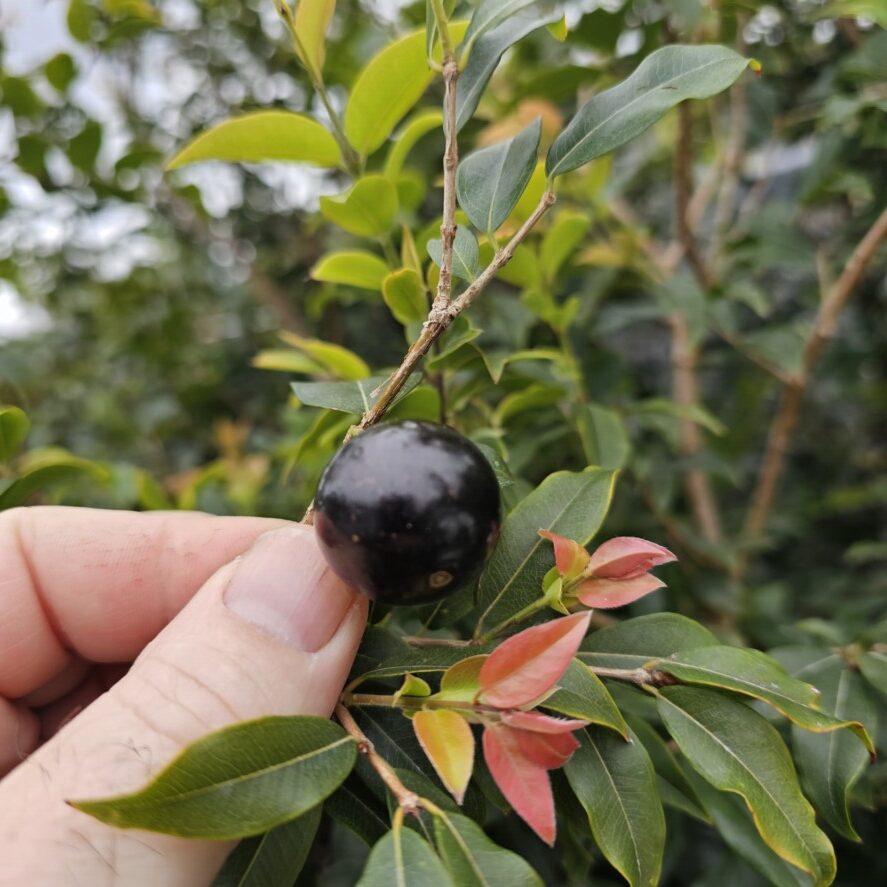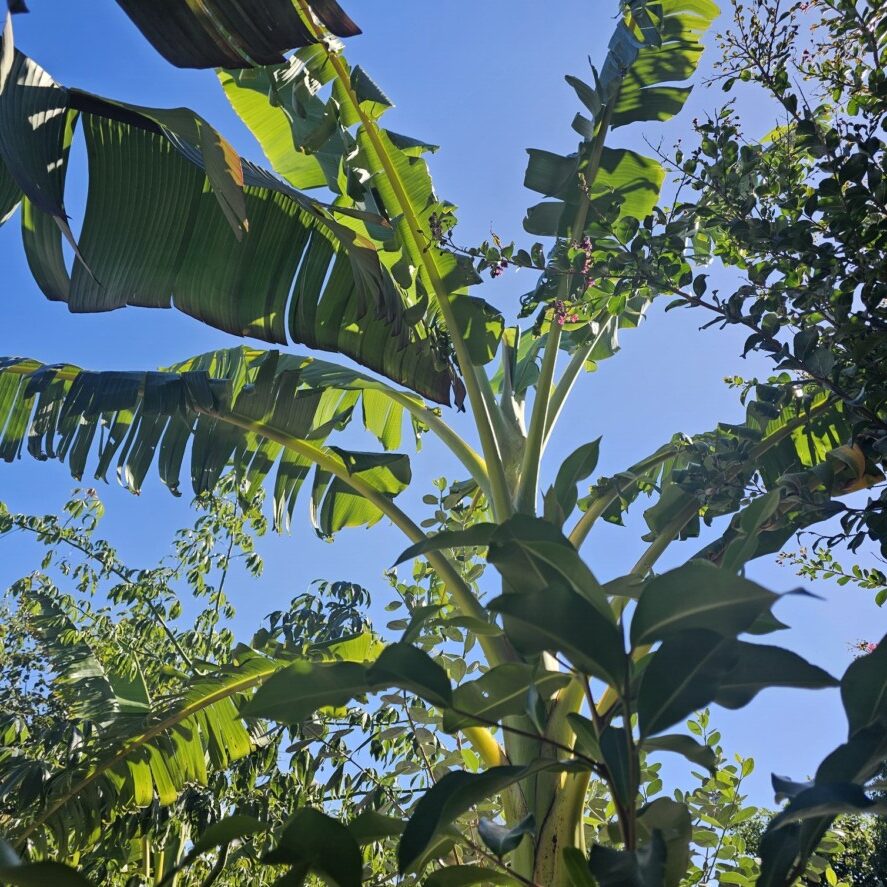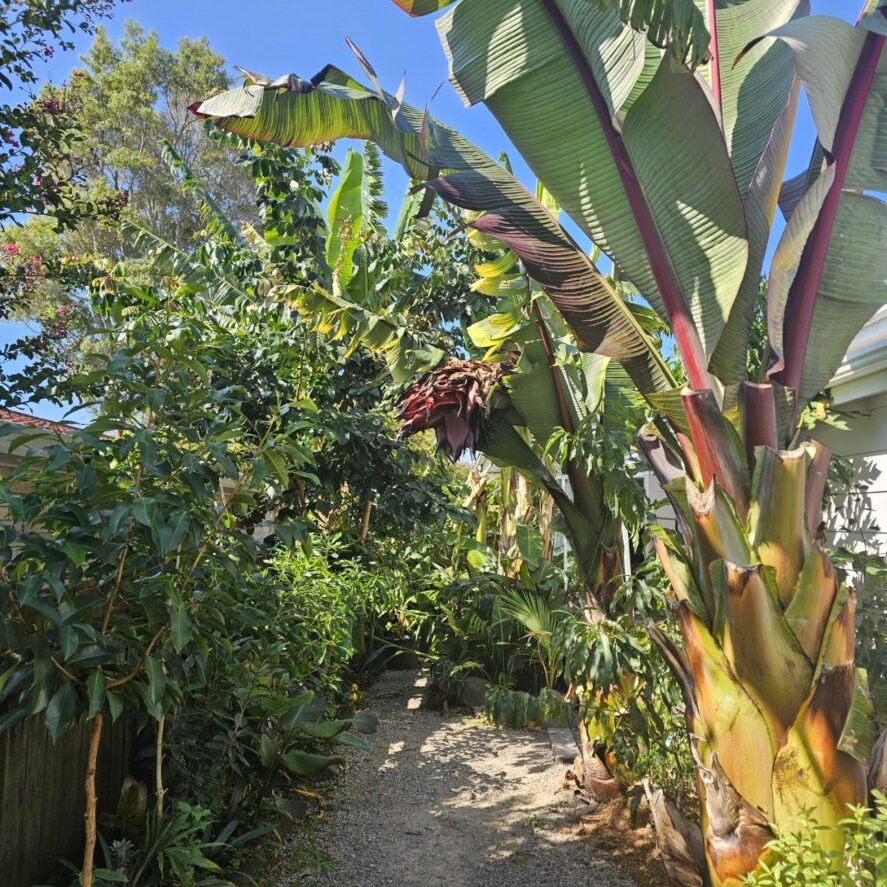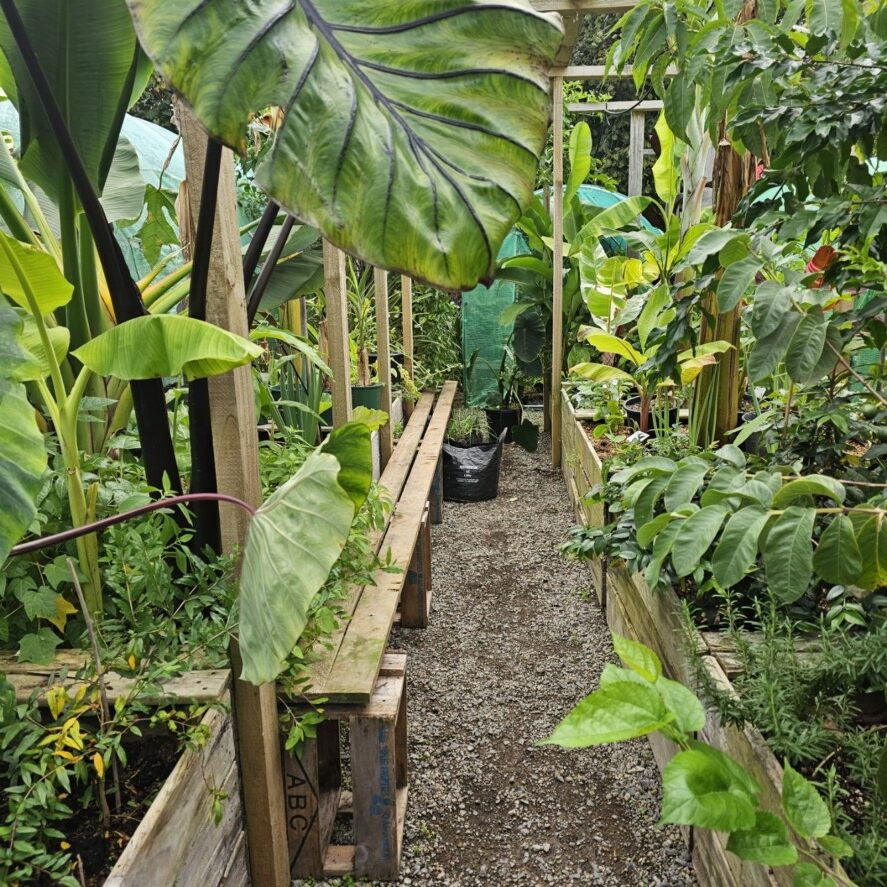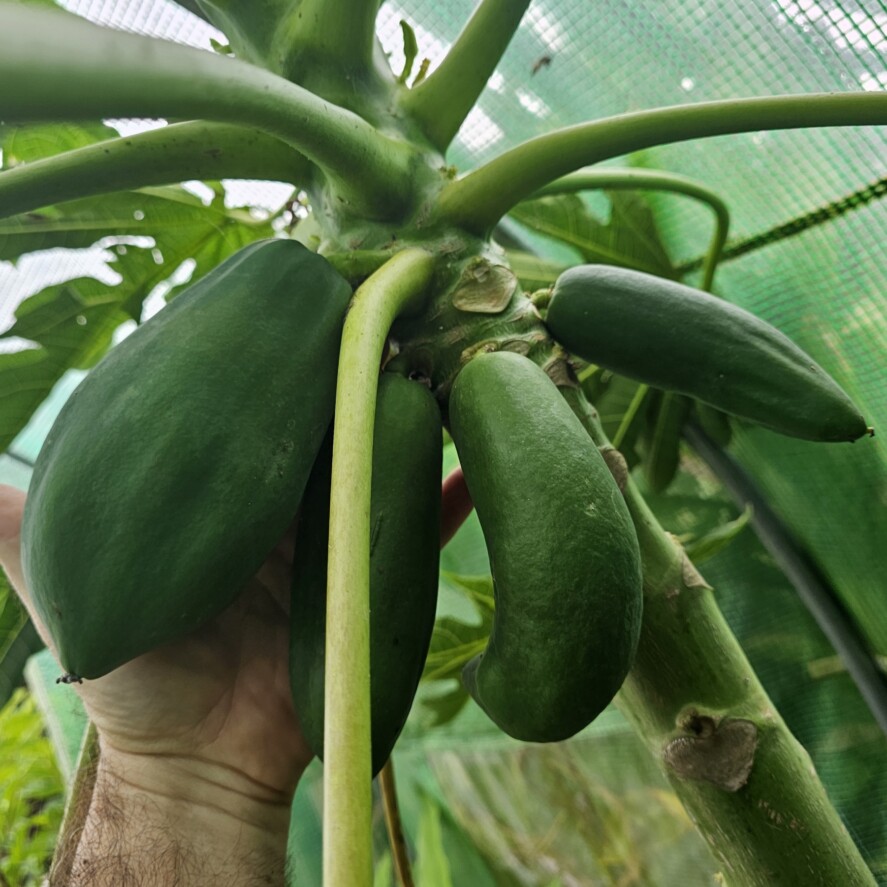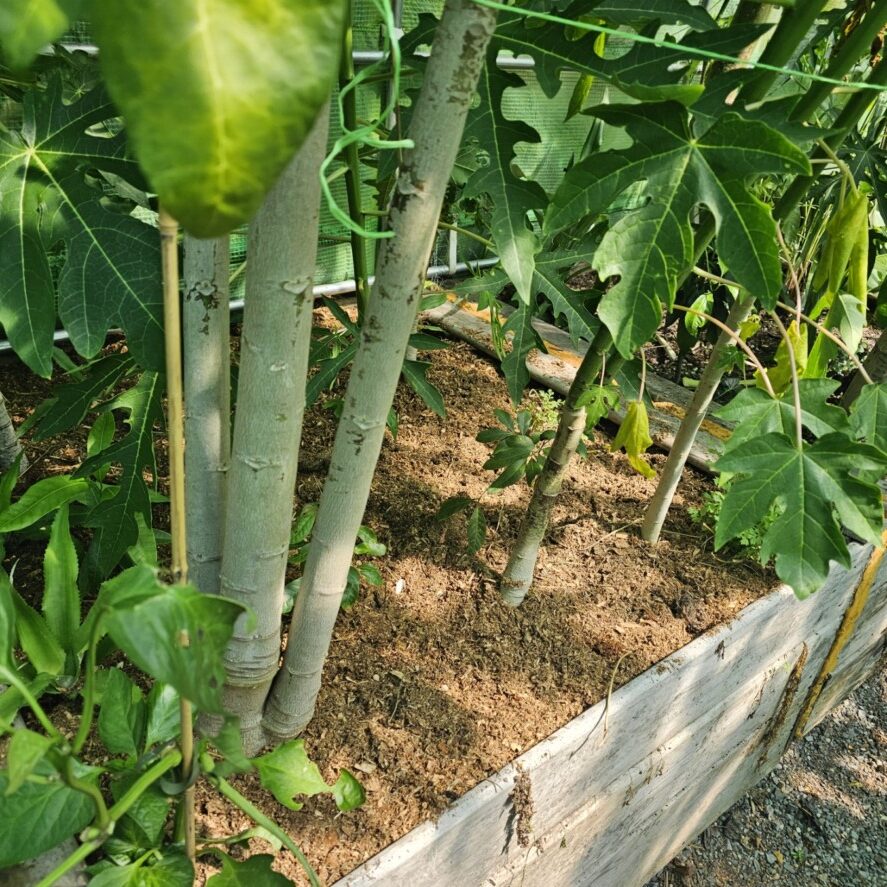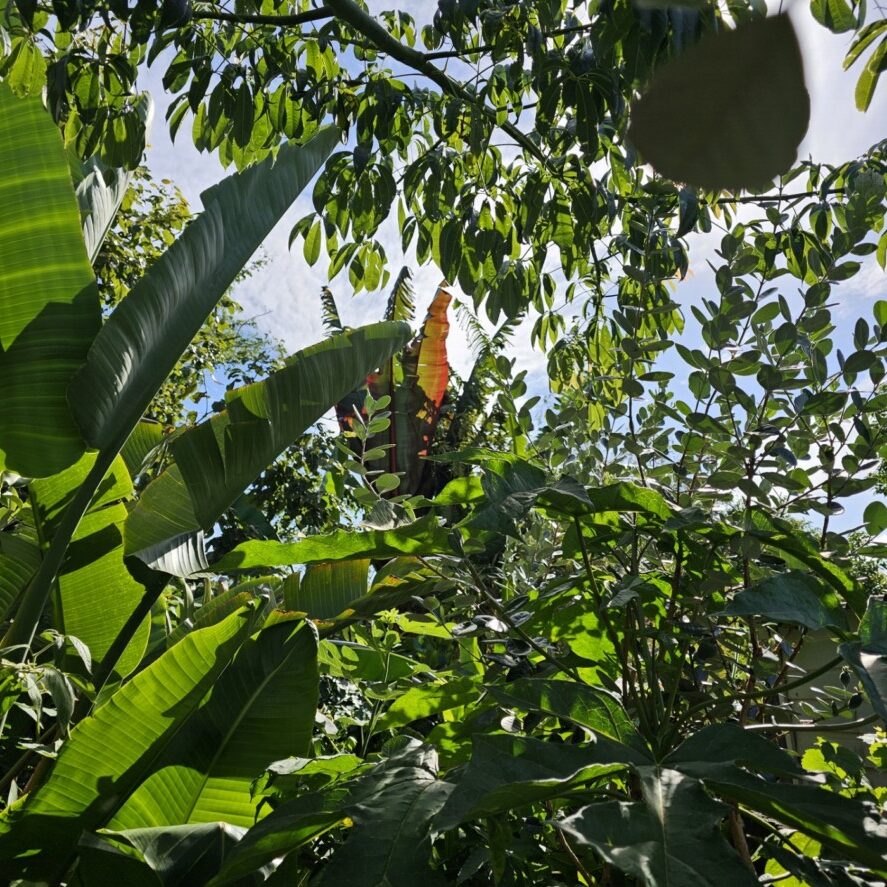-
Troppo Plant & Garden Articles
- Te Puke Region
- TROPPO’s Food Forest in Te Puke, BOP (www,foodforest.org.nz)
- Troppo’s Plant Collection
- TROPPO's Nursery Directory
- Food Forests of New Zealand (www.foodforests.nz)
- Nursery Map - Plant Suppliers of NZ Directory (www.nurserymap.nz)
- Kids Garden Corner
- New Zealand Garden Bird Survey
- New Zealand Garden Groups
- Delicious Recipes
Protecting Your Tropical Plants from Frost in Bay of Plenty: Practical Tips
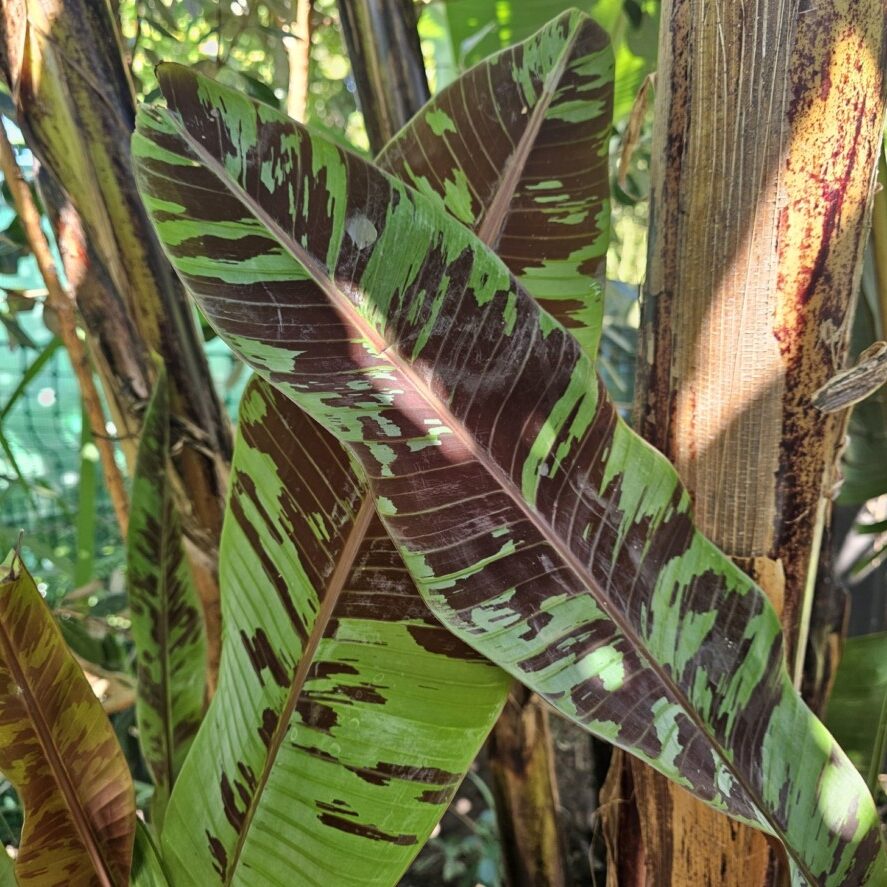
Welcome fellow tropical plant lovers! Here in the beautiful Bay of Plenty, we’re lucky to enjoy a generally mild climate that allows us to grow a fantastic array of lush, exotic plants. However, even in our little slice of paradise, the threat of frost can rear its icy head, potentially damaging or even killing our beloved tropical treasures.
Don’t despair! With a little preparation and some practical know-how, you can effectively protect your vulnerable plants and ensure they thrive through the cooler months. This guide will walk you through everything you need to know in a simple and easy-to-understand way.
Understanding the Frost Threat in Bay of Plenty
While we don’t experience the prolonged hard freezes of colder regions, even a few nights of light frost can be enough to cause significant damage to sensitive tropical plants. Frost occurs when the air temperature drops below freezing (0°C or 32°F), causing ice crystals to form on plant surfaces. This can lead to:
- Cell damage: The freezing and thawing process ruptures plant cells.
- Dehydration: Frozen ground prevents roots from absorbing water, even if the air isn’t completely dry.
- Leaf and stem damage: Leaves may turn black or brown and become limp, while stems can crack or soften.
- Increased susceptibility to disease: Damaged plants are more vulnerable to fungal infections and pests.
Identifying Frost-Sensitive Tropical Plants
Not all tropical plants are created equal when it comes to cold tolerance. Some are surprisingly hardy, while others are extremely sensitive. It’s crucial to know which of your plants are most at risk. Common frost-sensitive tropicals in the Bay of Plenty include:
- Many types of palms: Especially those with thin trunks and large, delicate fronds (e.g., Royal Palms, Foxtail Palms).
- Bananas: Their large, soft leaves are easily damaged.
- Hibiscus: Especially the tropical varieties.
- Frangipani: Young plants and tender varieties are more susceptible.
- Bougainvillea: Can suffer significant leaf drop and stem damage.
- Ginger and Turmeric: The leafy parts are vulnerable.
- Many succulents and cacti: While some are cold-hardy, many tropical varieties are not.
- Tender herbs: Basil, lemongrass, and other warm-season herbs.
Practical Tips for Protecting Your Plants
Here are some straightforward steps you can take to shield your tropical plants from frost:
1. Location, Location, Location:
- Plant strategically: When initially planting, choose sheltered locations near walls, fences, or under the canopy of larger, more established trees. These areas tend to be slightly warmer and offer some protection from wind and direct frost.
- Consider microclimates: Observe your garden. You might notice some areas are naturally warmer than others. Move potted plants to these warmer spots during frost warnings.
2. Covering Up for Cold Nights:
- Use frost cloth or horticultural fleece: This lightweight fabric allows air and light to penetrate while trapping heat and providing a few degrees of protection. Drape it loosely over your plants, ensuring it extends to the ground to trap rising warmth. Secure the edges with bricks or pegs.
- Old blankets or sheets: In a pinch, old blankets or sheets can offer temporary protection. However, ensure they are removed during the day to allow for airflow and prevent moisture buildup, which can lead to fungal issues.
- Cloches or plastic containers: For smaller plants, upturned pots, buckets, or clear plastic containers can act as mini-greenhouses. Make sure to provide some ventilation during the day to prevent overheating.
3. Mulch Matters:
- Apply a thick layer of mulch: A good layer of organic mulch (such as bark chips, straw, or shredded leaves) around the base of your plants helps to insulate the soil, protecting the roots from freezing temperatures and retaining moisture. Keep the mulch a few centimetres away from the plant stems to prevent rot.
4. Water Wisely:
- Keep soil slightly moist: Dry soil cools down faster than moist soil. Water your plants a day or two before a predicted frost, but avoid overwatering, which can lead to root rot.
- Avoid watering on frosty mornings: Watering frozen plants can cause further damage.
5. Bring Them Indoors (If Possible):
- Move potted plants: The most effective way to protect vulnerable potted plants is to bring them indoors to a garage, shed, or even a sheltered porch during frosty periods. Ensure they still receive adequate light.
- Consider a temporary greenhouse: For a larger collection of potted plants, a small temporary greenhouse can provide excellent protection.
6. Wind Protection:
- Erect temporary windbreaks: Cold winds can exacerbate frost damage. Use screens, shade cloth, or even strategically placed potted plants to block harsh winds.
7. Avoid Pruning Before Winter:
- Delay pruning: Pruning encourages new growth, which is often more susceptible to frost damage. Wait until late winter or early spring to prune your tropical plants.
8. Observe and Learn:
- Keep an eye on the forecast: Stay informed about potential frost warnings in your area. Local weather websites and apps are your best friends.
- Learn from experience: Note which of your plants are most affected by frost each year and adjust your protection strategies accordingly.
By implementing these practical tips, you can significantly reduce the risk of frost damage to your precious tropical plants and enjoy their beauty year-round in the Bay of Plenty. Don’t let a little bit of cold weather dampen your tropical gardening dreams!
#FrostProtection #TropicalPlants #BayOfPlentyGardening #NZGardening #WinterPlantCare #GardenTips #TroppoNZ #ProtectYourPlants #FrostDamage #SubtropicalGardening

